This is an open question, and wondered if someone out there might have the info on a typical fire alarm architecture, such as for this generic alarm:
Image source : LABChomeowners
Obviously as much as the detection of smoke is critical, it is no good if it is unable to warn the occupants.
I know that most residential smoke alarms have a test button to periodically test it. However I was wondering if there are any further controls that is common practice to:
- self-detect a non-functional speaker without sounding it
- self-detect a non-functional speaker during sounding
- have redundancy in the speaker section of the system (e.g. 2 speakers?)
I came across this 3 wire piezo topology (whats-the-third-wire-on-a-piezo-buzzer), and I wonder if the 3rd wire could actually be used for monitoring.
